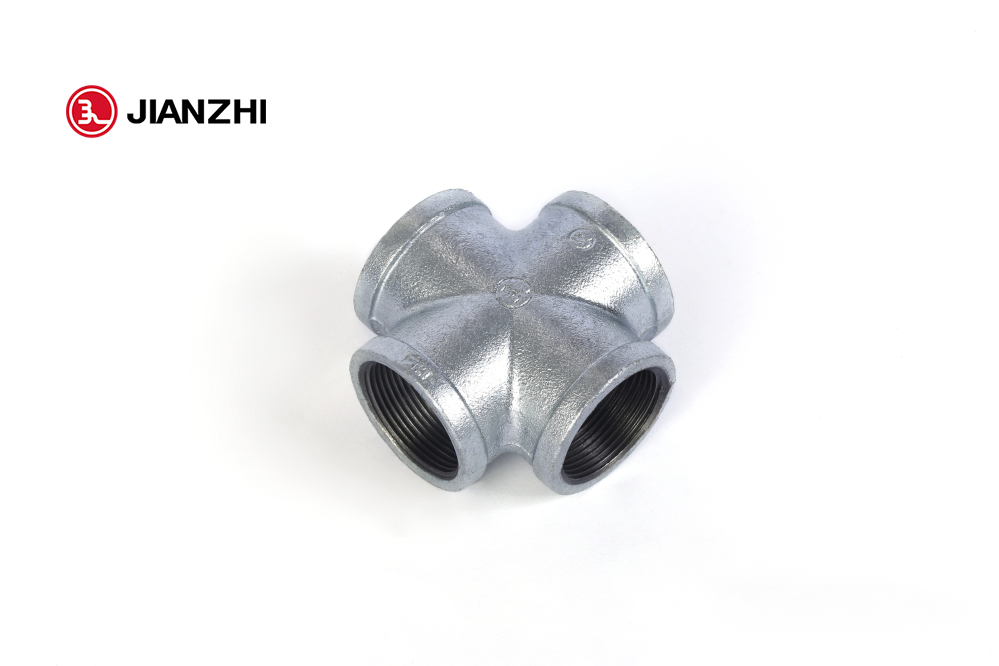What Is the Average Lifespan for galvanized pipe fittings?
The average lifespan of galvanized pipe fittings can vary depending on a number of factors, such as the quality of the galvanizing, the environment in which they are installed, and the amount of use they receive. Generally, galvanized pipe fittings can last anywhere from 20 to 50 years or more.
Galvanized pipe fittings are coated with a layer of zinc to protect them from corrosion and rust. Over time, this layer can wear away, exposing the underlying metal to the elements. The rate at which the zinc wears away can depend on several factors, including the thickness of the coating, the quality of the galvanizing process, and the environment in which the fittings are installed.
In addition to the quality of the galvanizing, the environment in which the fittings are installed can also affect their lifespan. For example, fittings installed in a highly corrosive environment, such as near the ocean or in an industrial setting, may wear out more quickly than those installed in a less corrosive environment.
Finally, the amount of use that the fittings receive can also impact their lifespan. Fittings that are subject to frequent use or high-pressure applications may wear out more quickly than those that are used less frequently or in lower pressure applications.
Overall, the lifespan of galvanized pipe fittings can vary widely depending on a number of factors. It’s important to monitor the condition of the fittings over time and replace them as needed to ensure the continued safety and functionality of your plumbing system.
How can I extend the lifespan of galvanized pipe fittings?
To extend the lifespan of galvanized pipe fittings, you can take the following steps:
Choose high-quality fittings: When selecting galvanized pipe fittings, choose high-quality fittings that are manufactured by reputable companies. 4 galvanized pipe fittings This can help ensure that the fittings are properly galvanized and will last longer.
Inspect fittings regularly: Regularly inspect galvanized pipe fittings for signs of corrosion, rust, or wear. Catching and addressing issues early can help prevent larger problems down the line.
Keep fittings clean and dry: Keep galvanized pipe fittings clean and dry to prevent moisture from building up and causing corrosion. Wipe down fittings regularly and ensure that they are not exposed to water for prolonged periods of time.
Install fittings properly: Ensure that galvanized pipe fittings are installed properly and according to manufacturer specifications. Improper installation can cause stress on the fittings and lead to premature wear.
Consider using a protective coating: Consider using a protective coating on galvanized pipe fittings to extend their lifespan. There are a variety of coatings available that can be applied to the fittings to provide an additional layer of protection against corrosion.
Monitor water quality: Monitor the quality of the water that flows through your plumbing system. High levels of minerals or other contaminants can cause corrosion and wear on galvanized pipe fittings.
By following these steps, you can help extend the lifespan of galvanized pipe fittings and ensure the continued safety and functionality of your plumbing system.
